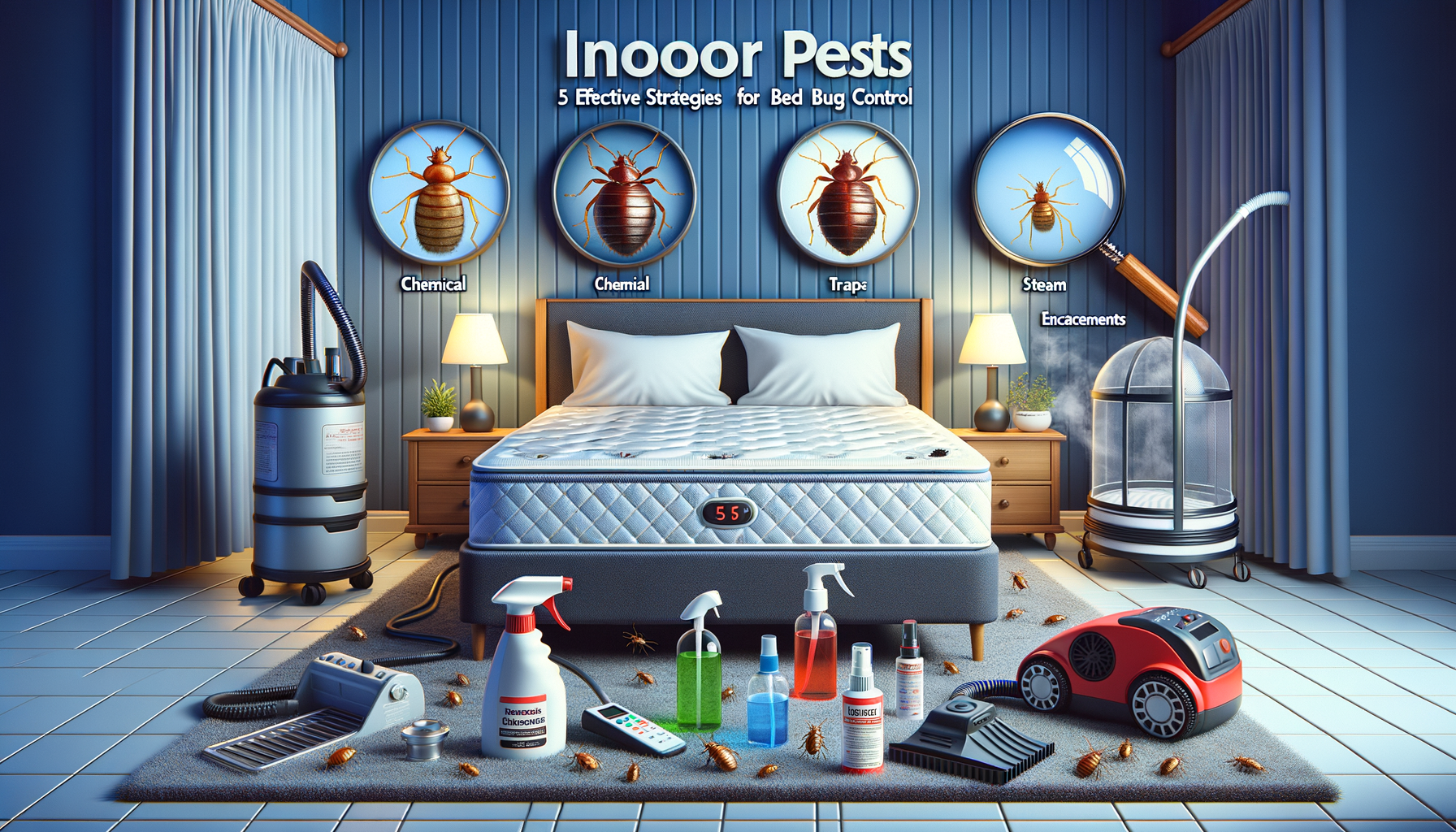5 Effective Strategies for Bed Bug Control
Discover effective strategies to control bed bugs and reclaim your home.

Introduction to Bed Bug Infestations
Bed bugs are a common indoor pest that can cause significant distress and discomfort in homes. These small, elusive insects are known for their ability to hide in cracks and crevices, making them difficult to detect and eliminate. Understanding the nature of bed bugs and their behavior is crucial in devising effective control strategies. Bed bugs feed on human blood, typically during the night, and their bites can lead to itching and allergic reactions. The resurgence of bed bugs in recent years has been attributed to increased travel, resistance to pesticides, and a lack of public awareness. Addressing a bed bug infestation promptly is essential to prevent it from spreading and becoming more challenging to manage.
Identifying Bed Bug Infestations
Identifying a bed bug infestation early can make a significant difference in controlling the problem. Signs of an infestation include small, reddish-brown bugs on mattresses, bed frames, and headboards. You might also notice dark spots, which are bed bug excrement, on bedding and walls. Additionally, bed bug bites generally appear in a line or cluster and can cause red, itchy welts. Conducting regular inspections of sleeping areas and using tools like flashlights and magnifying glasses can help in identifying these pests. Early detection is key to minimizing the spread and impact of bed bugs in your home.
Implementing Preventative Measures
Prevention is a critical component of bed bug control. To reduce the risk of an infestation, consider implementing the following measures:
- Regularly vacuum and clean your home, paying special attention to sleeping areas.
- Encase mattresses and pillows in protective covers designed to prevent bed bug entry.
- Reduce clutter to eliminate hiding places for bed bugs.
- Inspect second-hand furniture and clothing before bringing them into your home.
- Be vigilant when traveling, inspecting hotel rooms and keeping luggage off the floor.
By adopting these preventative practices, you can significantly lower the chances of encountering a bed bug problem.
Effective Bed Bug Treatment Options
Once a bed bug infestation is confirmed, it’s crucial to take immediate action to eliminate these pests. Several treatment options are available, each with its advantages:
- Heat Treatment: Bed bugs are susceptible to high temperatures. Professional heat treatments can effectively eradicate bed bugs by raising the temperature in infested areas to levels lethal to the pests.
- Chemical Treatments: Insecticides specifically designed for bed bugs can be applied to affected areas. It’s important to follow the manufacturer’s instructions and consider hiring a professional for safe application.
- Steam Treatment: Using steam cleaners on mattresses, furniture, and other infested items can kill bed bugs and their eggs on contact.
- Vacuuming: Regular vacuuming can help remove bed bugs and their eggs from surfaces. Be sure to dispose of vacuum bags immediately to prevent re-infestation.
Combining multiple treatment methods often yields the best results in eliminating bed bugs from your home.
Conclusion: Maintaining a Bed Bug-Free Home
Successfully managing a bed bug infestation requires diligence, patience, and the implementation of effective strategies. By understanding the nature of bed bugs, identifying infestations early, and employing a combination of preventative measures and treatment options, you can reclaim your home from these pests. Regular monitoring and maintenance are essential to ensure that bed bugs do not return. With the right approach, you can maintain a bed bug-free environment and enjoy peace of mind in your living space.